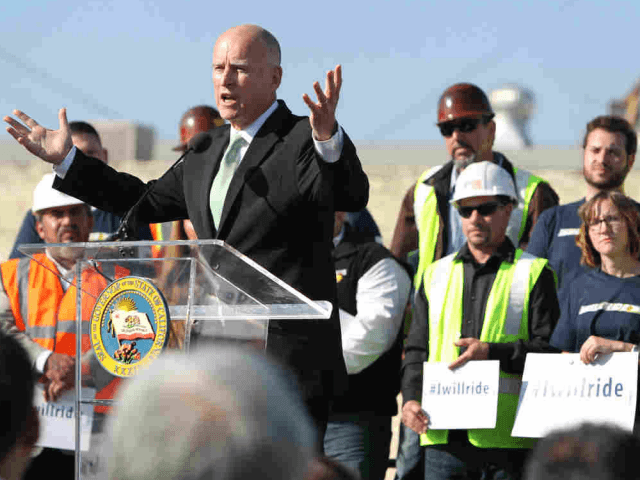Northern California won and Southern California lost, as the California High-Speed Rail Authority has decided that the first leg of the bullet train will be built between Bakersfield and San Jose.
A report to be released on Friday will announce the reversal of the original plan, which called for the first segment of the train to be built between Burbank and the Central Valley, according to the San Jose Mercury News.
The rail authority apparently changed its mind out of fear that funding for the $68 billion train would dry up for two reasons: first, the train is already two years behind schedule; and second, estimates for building the first leg between Merced to San Fernando Valley by crossing the Tehachapi and San Gabriel mountains with tunnels and aerial structures would cost $9 billion more than previously estimated.
Last summer, the rail authority began asking private investors whether they preferred an initial operating system from the south or the north. Rail authority Chief Executive Jeff Morales admitted in December that the agency was re-evaluating which section of the line to build first, as would be the first to offer passenger service, as KCRA 3 reported. He was echoed by rail authority spokeswoman Lisa Marie Alley, who said, “The option to do an initial operating segment north has always been there.”
The rail authority believes that the 250 miles between San Jose and the Bakersfield area will be finished within ten years. The report asserts, “This is a prudent and realistic strategy for moving forward to deliver a high-speed rail in California that is consistent with our principles and the intent of Proposition 1A and that initiates service as soon as possible.”
To pacify Southern Californians, the rail authority plans will throw roughly $2 billion toward existing transportation infrastructure connecting Los Angeles to Burbank and Anaheim. The rail authority hopes to use Proposition 1A bond money, federal funding, and up to $500 million annually from California’s cap-and-trade system to fund the train.
The report also states that the San Jose-to-Central Valley line will transport 2.2 million to 4.1 million riders in 2025 and up to 69.3 million riders by 2060.
The rail authority’s decision flies in the face of Governor Jerry Brown’s promise in his 2013 State of the State address: “The first phase will get us from Madera to Bakersfield. Then we will take it through the Tehachapi Mountains to Palmdale, constructing 30 miles of tunnels and bridges. The first rail line through those mountains was built in 1874, and its top speed over the crest is still 24 miles an hour. Then we will build another 33 miles of tunnels and bridges before we get the train to its destination at Union Station in the heart of Los Angeles.”

COMMENTS
Please let us know if you're having issues with commenting.